2015-07-04
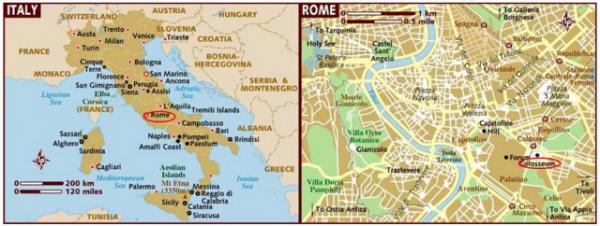
【Aiden in English】
The Colosseum implies enormous, gigantic, and ginormous. The root comes from the prefix "Colo," which indicates significance. So now that you know what the word "Colosseum" means. Built under Emperor Titus in the 1st century, about 3,000 years after the Great Pyramid of Egypt, the Colosseum hosted several gladiatorial shows we still enjoy today. The Romans had a time of prosperity known as the Golden Age. Their subjects in art, literature, and philosophy blossomed. But entertainment took a very, ah, somewhat bloodier path. It is estimated that over the years, more than 1 million animals and millions of humans were slaughtered in the games and executions. The Colosseum was built with 80 exits and a total seating capacity of more than 50,000. It was estimated that everyone could leave safely in 6 minutes, too. As more entertainment was expected, the Romans included another entrance for animals to fight. They also pitted enslaved people against enslaved people, and obstacles were set up to make the games more interesting. The structure consisted of four parts, each designed for a different class. The bottom row was for the performers, while the closest and lowest row was for the upper class. The 2nd floor was given to the middle and the peasants. The 3rd floor was still left for them, but enslaved people could sit and watch on that floor. If a middle-class member needed a seat, an enslaved person had to give up his. Today, the Colosseum is undergoing renovation, and all sides are covered with scaffolding. However, this continues to amaze me. The world struggles to achieve what people accomplished two thousand years ago. They didn't even have trucks or bulldozers back then. The Colosseum was built in a circular dungeon dug by the workforce. And it's not just this building. The Egyptian pyramids were a feat so incredible that people thought aliens had built them. The Great Wall of China was constructed over generations, and thousands of men worked day and night. Not to mention the Roman Pantheon and the Greek Parthenon. What drives those people, I don't know. But we could enjoy the full view if they didn't have to destroy it. The Colosseum was to the Romans as the Pyramids to the Egyptians and the Great Wall to all Chinese. It is fantastic for the workforce, and although it can’t match modern buildings today, the knowledge of the amount of effort put into this truly makes it spectacular. 【红霞译】
罗马“力量”角斗场象征浩大、雄伟、壮观,其词源前缀无外乎“大”,现在你明白 “角斗场”词义指的是什么意思。 提图斯“尊贵”帝王统治期间,于公元1世纪开始兴建罗马角斗场。比起埃及大金字塔,角斗场要推迟大约3,000年之久,不过,从前在这里举行的竞技项目即使到了今天仍能引起大家强烈共鸣。古罗马历史上曾有过所谓的黄金盛世,那个时代艺术、文学、哲学领域可谓百花齐放,到处一派繁荣景象,不过娱乐生活却触目惊心,斗士与斗士之间短兵相接看上去血腥残酷。据估计,多少年来,100多万头牲畜和超过50万人惨遭屠杀。 罗马角斗场总计设有80个出口,可以容纳50,000名以上的观众,并能在短短6分钟之内安全疏散所有在场人员。随着古罗马人娱乐水准日趋提高,他们还为参赛动物提供了专门入口,角逐多在奴隶之间进行,竞技场地同时人为设置不少障碍物以确保比赛的刺激性。整个建筑物立起四层,并划分四个等级,地表部分用于表演,而靠得最近楼层最低的则为达官贵族;第二层为中产阶级及平民百姓,第三层虽然仍由这些人组成,但地位卑微的奴隶可以到该层坐下来观摩;不过一旦中产阶级的民众需要座位,那么奴隶必须让出自己的位子。
如今罗马角斗场正开展大规模修复工程,脚手架遍地横生,然而这些丝毫影响不到我对它的浓厚兴趣。2,000多年前古人打造的罕世佳作在当下看来绝非轻而易举,何况那时根本没有卡车或推土机之类的工具;角斗场正中被修成圆形地狱般结构,如此浩瀚建筑全部依赖人力作业,其伟大之处远远超越作品本身。埃及金字塔堪称举世无双,过去一直被视为出自外星人之手;中国万里长城天下闻名,那是靠几代人夜以继日的努力。且不多说古罗马万神殿和希腊帕台农“少女”神庙,真不知是什么力量驱使前辈屡创奇迹,要不是天灾人祸岁月磨蚀,我们肯定能欣赏到更加完美的图画。 正如金字塔被视为古埃及智慧的结晶,而长城算成中国人勤劳的象征,角斗场同样称得上古罗马力量的体现,尽管它们不能与今天时髦建筑同日而语,但值得称道的是所有这些丰功伟绩完全由劳苦大众亲手筑成,人类只有把聪明才智与卓越奋斗结合在一起,才能使世间万物变得美好。 Today in History(历史上的今天):
2015: World's Smallest Country, Holy See(梵蒂冈·世界最小的国家) 2015: Roma, the Eternal City of Italy(意大利罗马·永恒之城) 2015: All Roads Lead to Rome, Italy(意大利·条条道路通罗马)
2014: July 4th Party(独立节聚会) 2013: 四年级独立节(Fourth-Grade Patriots) 2012: 三年级独立节(Third-Grade Patriots) 2009: 天生的节拍(Natural Beats) 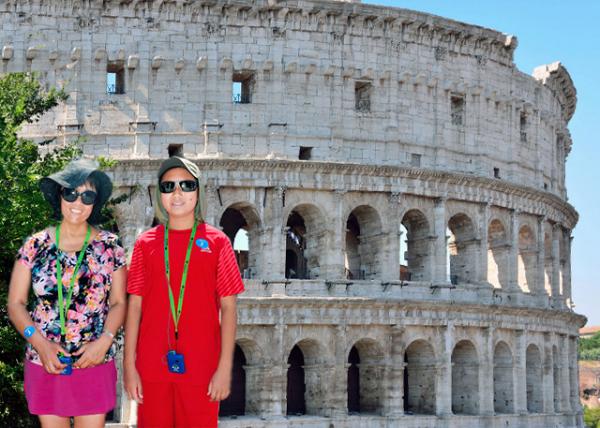 Original Façade w/ Backdrop of Roman Forum Original Façade w/ Backdrop of Roman Forum
(原始立面与背后的古罗马广场 07-04-2015) 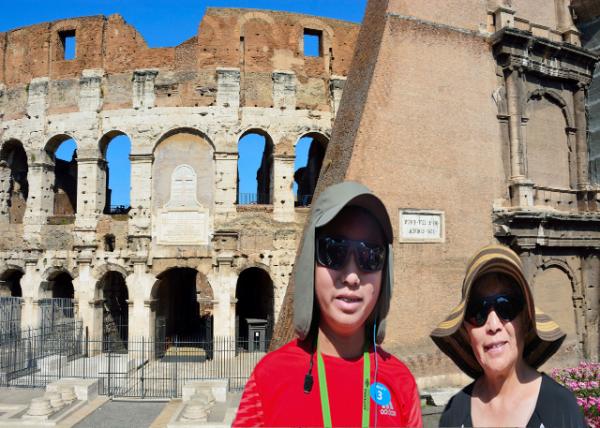 Exterior Showing Partially Intact Outer Wall & Mostly Intact Inner Wall Exterior Showing Partially Intact Outer Wall & Mostly Intact Inner Wall
(外墙部分完整与内墙大多完整 07-04-2015) 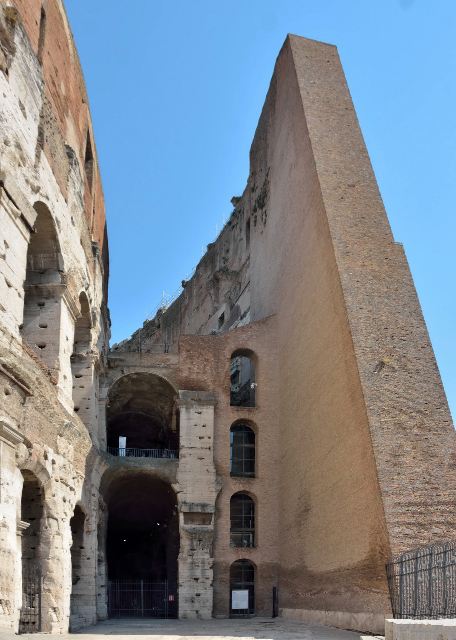
Gladiator Gate (角斗士门) 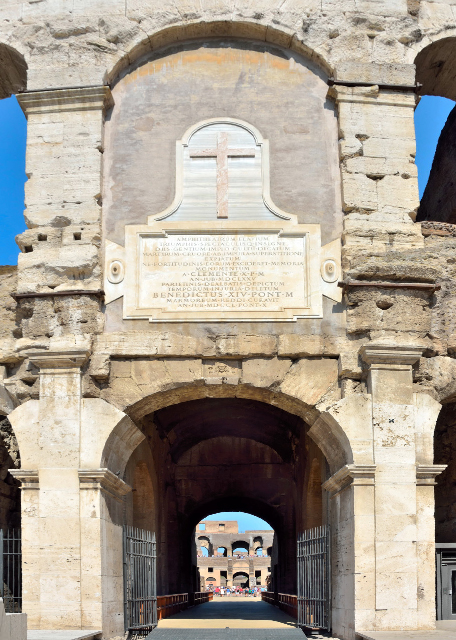
Emperor's Gate (帝王门) 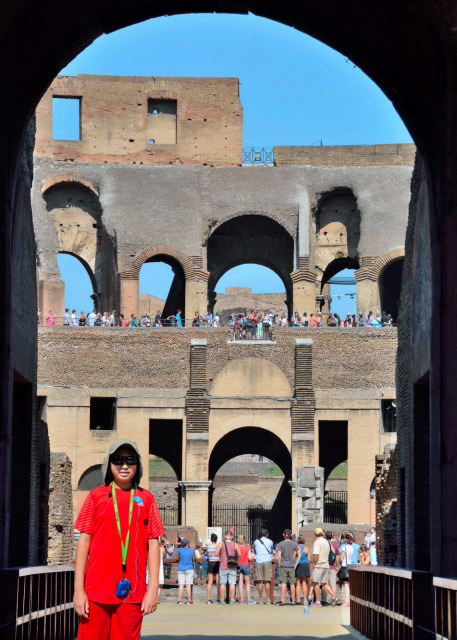
Consul's Gate (观众入口 07-04-2015) 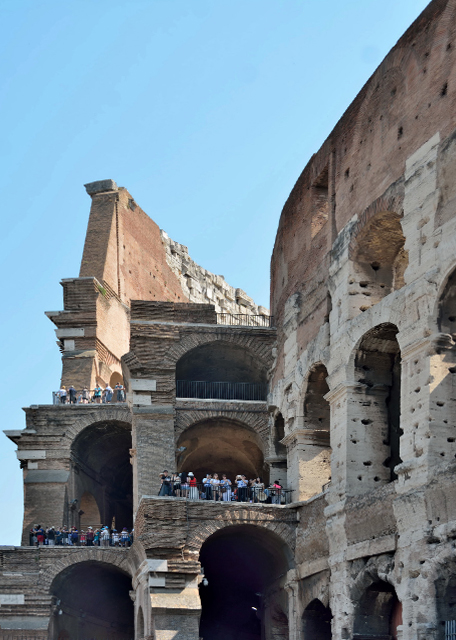
Dead Man's Exit Gate (死人出口门) 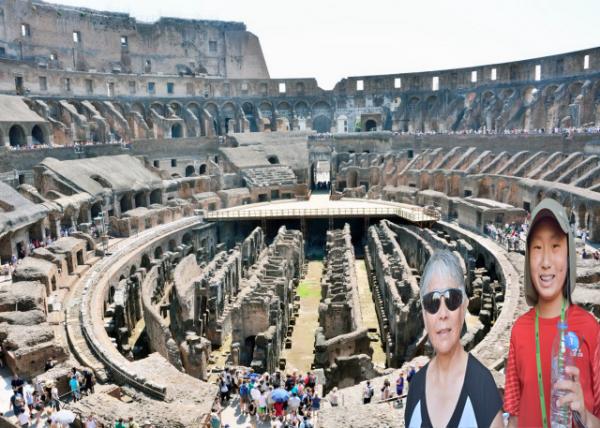 Arena & Hypogeum (竞技场与地下室 07-04-2015) Arena & Hypogeum (竞技场与地下室 07-04-2015)
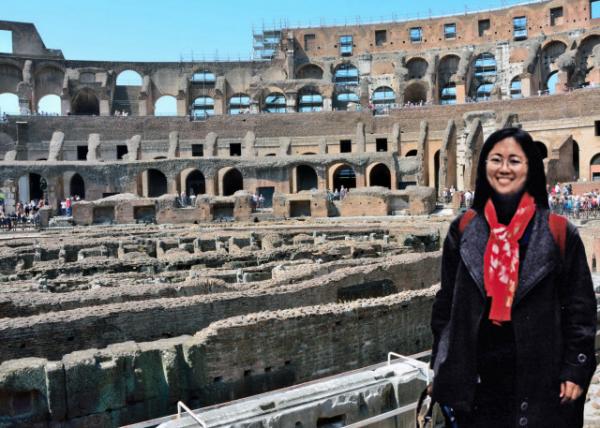 Flavian Amphitheatre (弗拉维“金色”圆形剧场 12-27-1995) Flavian Amphitheatre (弗拉维“金色”圆形剧场 12-27-1995)
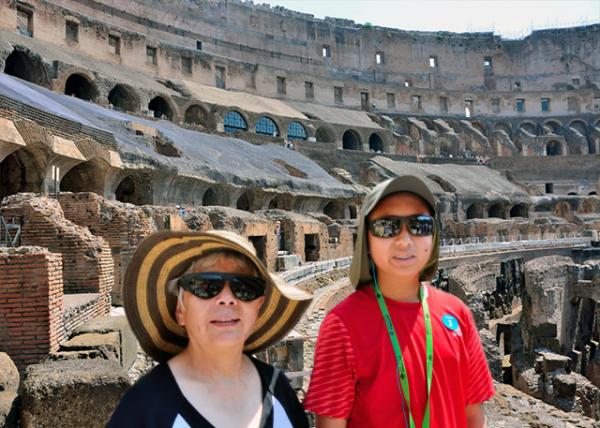 Raked Area Once Held Seating (倾斜区域曾为座位 07-04-2015) Raked Area Once Held Seating (倾斜区域曾为座位 07-04-2015)
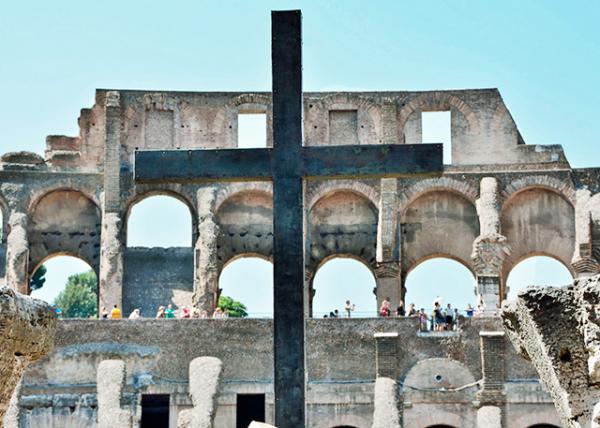 Cross Dedicated to Christian Martyrs & Placed in 2000 by Pope John Paul II Cross Dedicated to Christian Martyrs & Placed in 2000 by Pope John Paul II
(千禧年由教皇约翰·保罗二世树立的献给基督教殉道士的十字架) 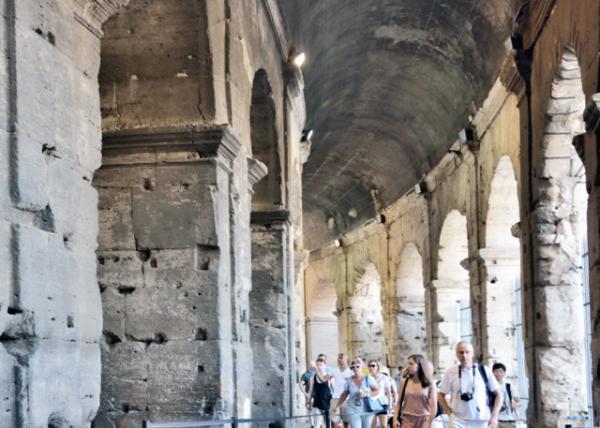 Pockmarked Colosseum Arches (麻点般斗兽场拱门) Pockmarked Colosseum Arches (麻点般斗兽场拱门)
 The Roman Emperor's Boxes (古罗马皇帝包厢) The Roman Emperor's Boxes (古罗马皇帝包厢)
 Window & Shield (窗户与挡板) Window & Shield (窗户与挡板)
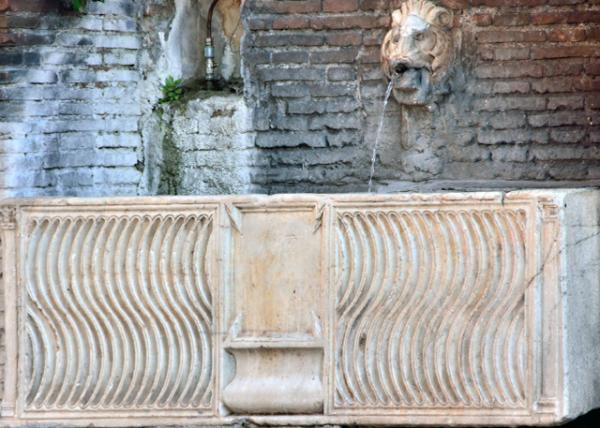 Sepolcro degli Scipioni in the Early 3rd Century BC Sepolcro degli Scipioni in the Early 3rd Century BC
(西庇阿“法杖”之墓·公元前3世纪) 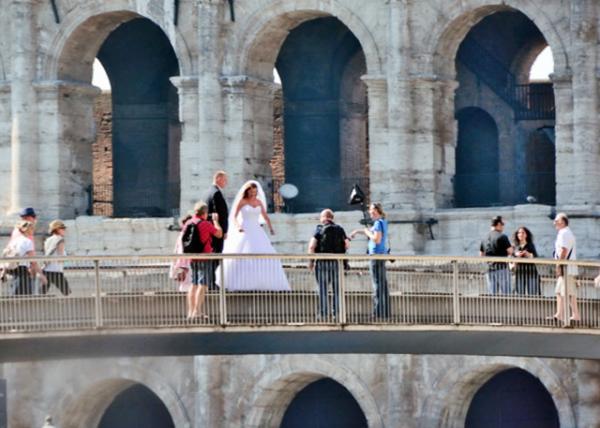 Wedding Photos (婚纱照) Wedding Photos (婚纱照)
Crosslinks(相关博文): Italy(出游意大利)
Europe(欧洲掠影) 6th Grade(初中一年级)
|
